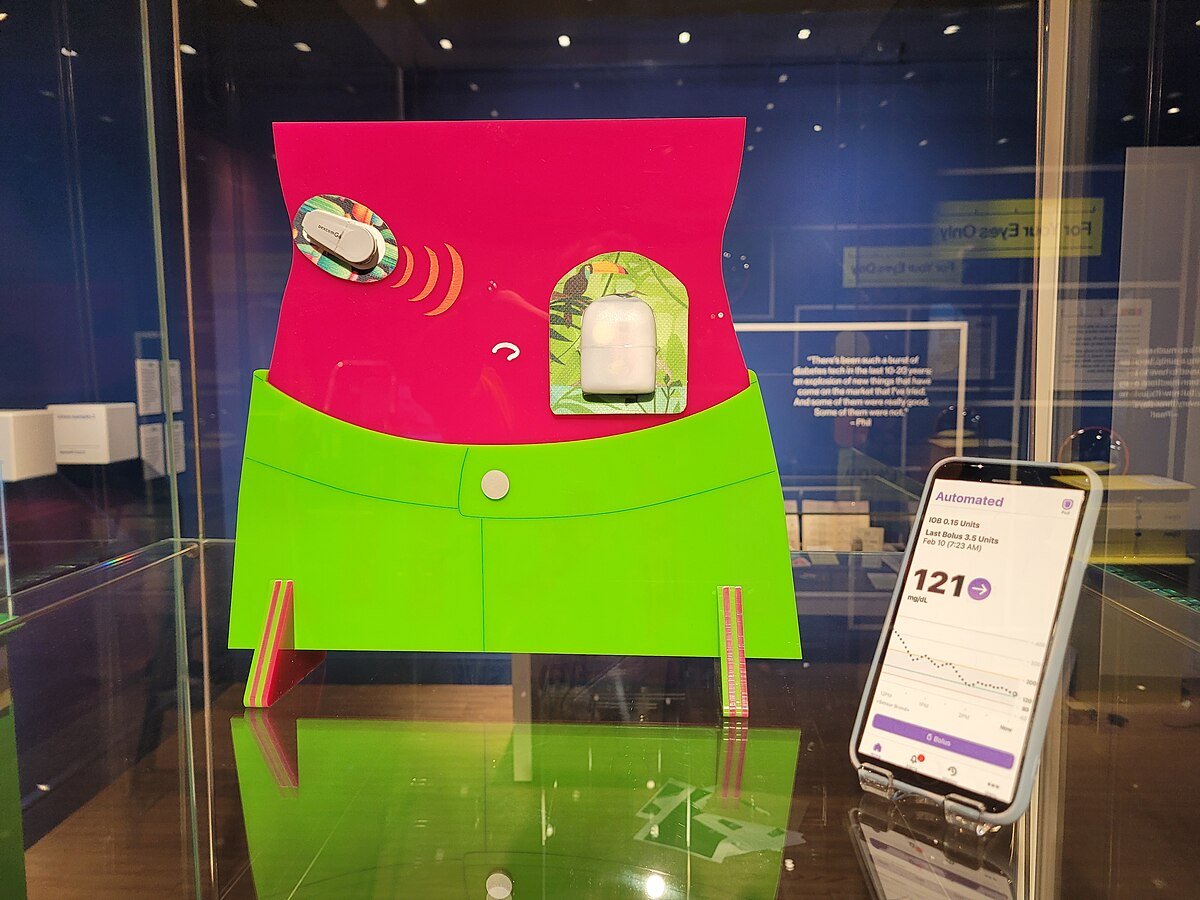Overview of Automated Insulin Delivery Systems
Automated insulin delivery (AID) systems, such as the artificial pancreas developed by UVA Health, have the potential to assist a larger number of type 1 diabetes patients if these devices achieve full automation. A recent review from the University of Virginia Center for Diabetes Technology highlights the current capabilities and limitations of these technologies.
Current Limitations of AID Systems
Despite the benefits provided by artificial pancreas systems, several challenges remain:
- AID systems are not fully automated; users must still input meal and exercise data to prevent dangerous blood sugar fluctuations.
- The systems are most effective during the night when meals and exercise are not factors.
- Not all type 1 diabetes patients can use these systems, particularly pregnant women and older adults.
Expert Insights
Dr. Sue A. Brown, an endocrinologist at UVA, noted, “These automated insulin delivery devices have significantly helped people with type 1 diabetes manage their blood sugars, yet challenges still remain. Users must remember to administer insulin for meals and track carbohydrate counts.” She expressed hope that advancements in technology could simplify insulin management further.
Future Goals for AID Systems
The primary objective of researchers is to achieve full automation of AID systems, also referred to as full closed-loop systems, which would minimize or eliminate user interaction. To this end, UVA researchers are conducting home-based clinical trials that integrate artificial intelligence and advanced algorithms to autonomously deliver insulin around meal times.
Collaborative Research Efforts
Other institutions are also exploring AI-driven methods to automatically detect meals and adjust insulin delivery accordingly. Some are testing full closed-loop systems that can administer both insulin and glucagon to manage low blood sugar levels.
Access and Future Developments
Dr. Marc Breton, a co-author of the study, emphasized that while AID has significantly improved diabetes care, many insulin-dependent patients still lack access to this technology. He stated, “Simplifying the use of these systems will greatly enhance accessibility.” UVA is leading advancements in integrating artificial intelligence and data science into medical devices, aiming to deploy personalized and fully automated AID systems in the coming years.
Significance of Research
This research is part of a collection of articles celebrating the 75th anniversary of the National Institute of Health’s National Institute of Diabetes and Digestive and Kidney Diseases (NIDDK). Dr. Boris Kovatchev, director of the Center for Diabetes Technology, remarked on the importance of artificial pancreas technology, stating, “The translation of this technology has been one of the most significant achievements of the NIDDK in the past two decades, benefiting hundreds of thousands of individuals with type 1 diabetes.”
